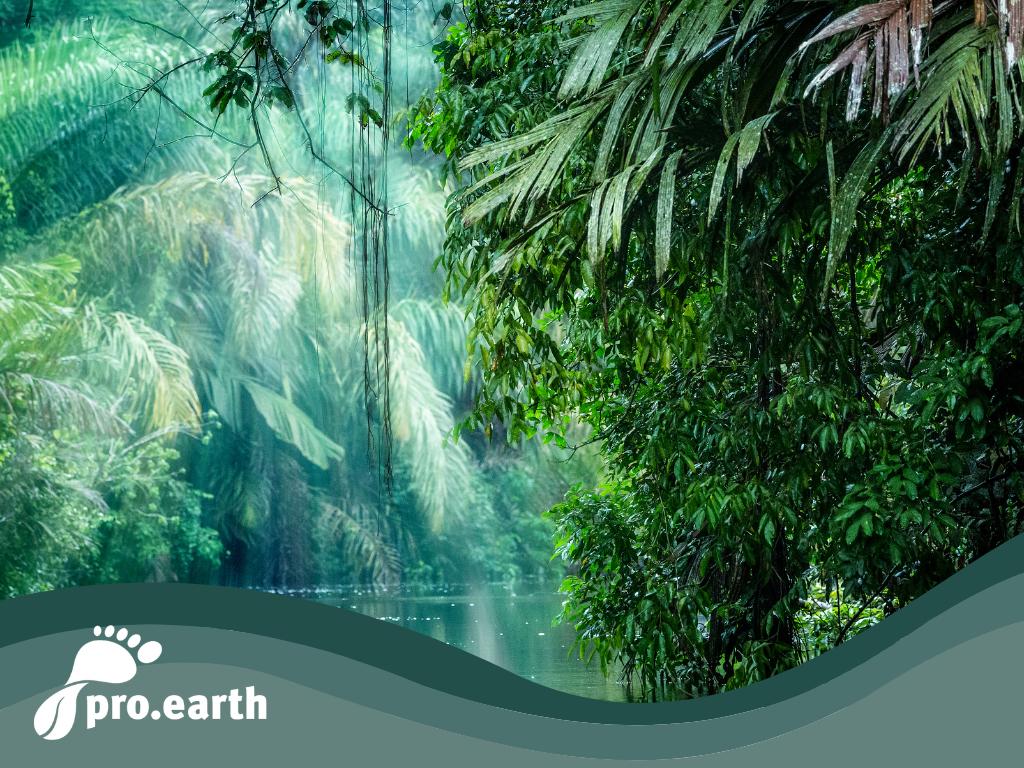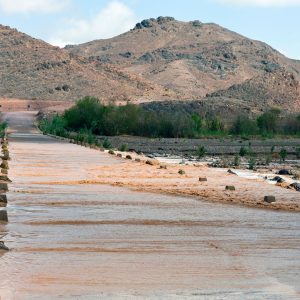The rainforest absorbs less CO2 than calculated

A new study by the Swiss Federal Institute of Technology in Zurich shows that the tropical rainforest is absorbing less and less carbon dioxide due to increasingly frequent droughts. However, this fact is NOT taken into account in the majority of climate models.
Once again a fact that could accelerate the pace of global warming.
How did this come about?
If the plant gets into an emergency situation, it stops absorbing CO2 to prevent water loss when it gets too hot and dry.
Forest fires also increase under these conditions. They naturally lead to CO2 losses in the biosphere.
If this happens more often, the forest could absorb less climate-damaging CO2, according to the researchers. This would exacerbate global warming.
What does this mean for previous forecasts for the future?
It should be noted in advance that the results of the study should not be regarded as forecasts.
By way of explanation, it should be noted that researchers have so far assumed that the land CO2 sink would only be noticeably affected by high to very high global warming of two to four degrees Celsius.
However, the current study, which was published in the scientific journal "Nature", suggests that terrestrial ecosystems may be far less robust to climate change than originally assumed.
Despite the alarming results, study leader Sonia Seneviratne warns against jumping to conclusions. However, they certainly give cause for concern.
"Our study looked back - not forward. The results are not forecasts," she said, according to the ETH press release.
In the next step, the researchers now want to take the actual current situation into account in the climate models (as far as the effects of droughts on the carbon cycle are concerned).
"Only then can we make more accurate forecasts for the future carbon sink on land," says Seneviratne.






